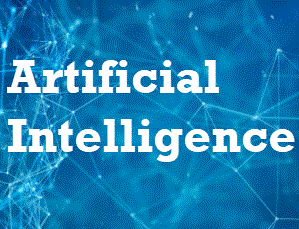31. What is a degree of Relation?
The degree of relationship can be defined as the number of occurrences in one entity that is associated with the number of occurrences in another entity. There is the three degree of relationship
One-to-one
One-to-many
Many-to-many
32. What is second normal form in the DBMS?
A relation is said to be in a second normal form if and only if,
it should be in first normal form and and all attributes within the entity should depend solely on the unique identifier of the entity.
33. What is Boyce – Codd normal form (BCNF) in the DBMS?
Boyce – Codd normal form (or BCNF or 3.5NF) is a normal form used in database normalization.If a relational schema is in BCNF then all redundancy based on functional dependency has been removed, although other types of redundancy may still exist. A relational schema R is in Boyce–Codd normal form if and only if for every one of its dependencies X → Y, at least one of the following conditions hold
X → Y is a trivial functional dependency (Y ⊆ X),
X is a superkey for schema R.
34. Explain Correlated Subquery in DBMS?
Correlated Subqueries are used to select data from a table referenced in the outer query. The subquery is known as a correlated because the subquery is related to the outer query. Correlated subqueries are used for row-by-row processing. Each subquery is executed once for every row of the outer query. A correlated subquery is evaluated once for each row processed by the parent statement.
35. What is E-R model in the DBMS?
Entity-relationship model is a model used for design and representation of relationships between data. The main data objects are termed as Entities, with their details defined as attributes, some of these attributes are important and are used to identity the entity, and different entities are related using relationships.











